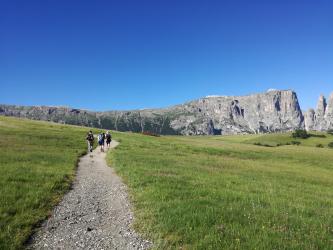

For me, autumn really begins the moment I eat the first chestnut.
Being a true chestnut enthusiast, I inaugurate the season long before the leaves begin to turn yellow - and I hardly finish before December appears.
I was eating a chestnut even when the idea of this article came to my mind; I wanted to combine two of my favorite things, art and chestnuts – I'm still wondering which of the two to put first, in order of importance – and I couldn't help but think of the Keschtnweg, the Chestnut Trail.
We are in South Tyrol, in the Eisack Valley. The route runs from the town of Varna, a few kilometers north of Bressanone, to the Renon plateau.
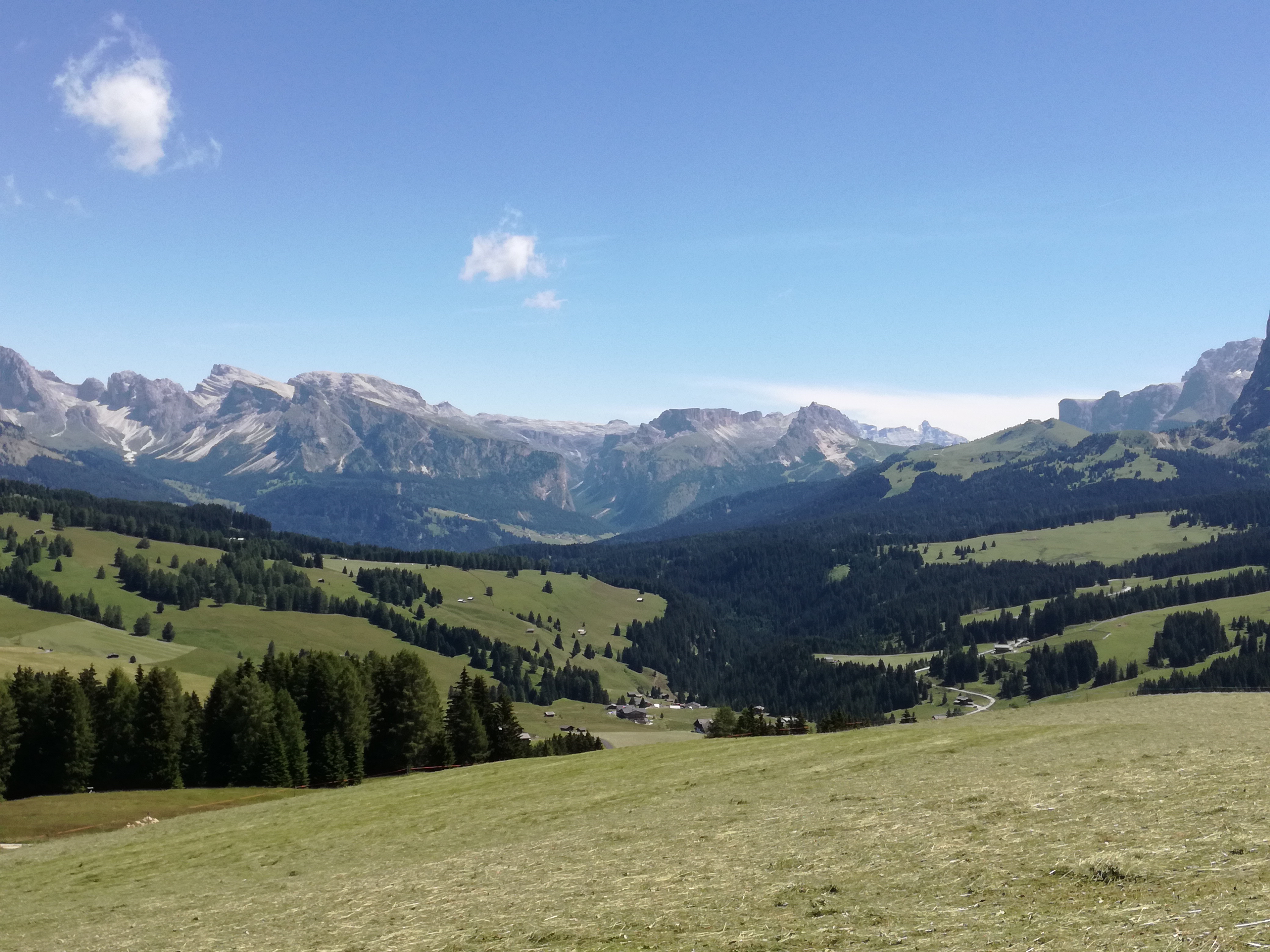
The name of the path clearly refers to the centuries-old treesfinding home in these lands. Scientifically known as Castanea sativa, chestnut trees are native to Asia and acclimatized in our mountains in ancient times, probably under the Romans. With their providential fruits they have fed entire generations and today they give their name to a high-altitude path made of woods, prairies, mysterious legends, witches, goblins and perched villages.
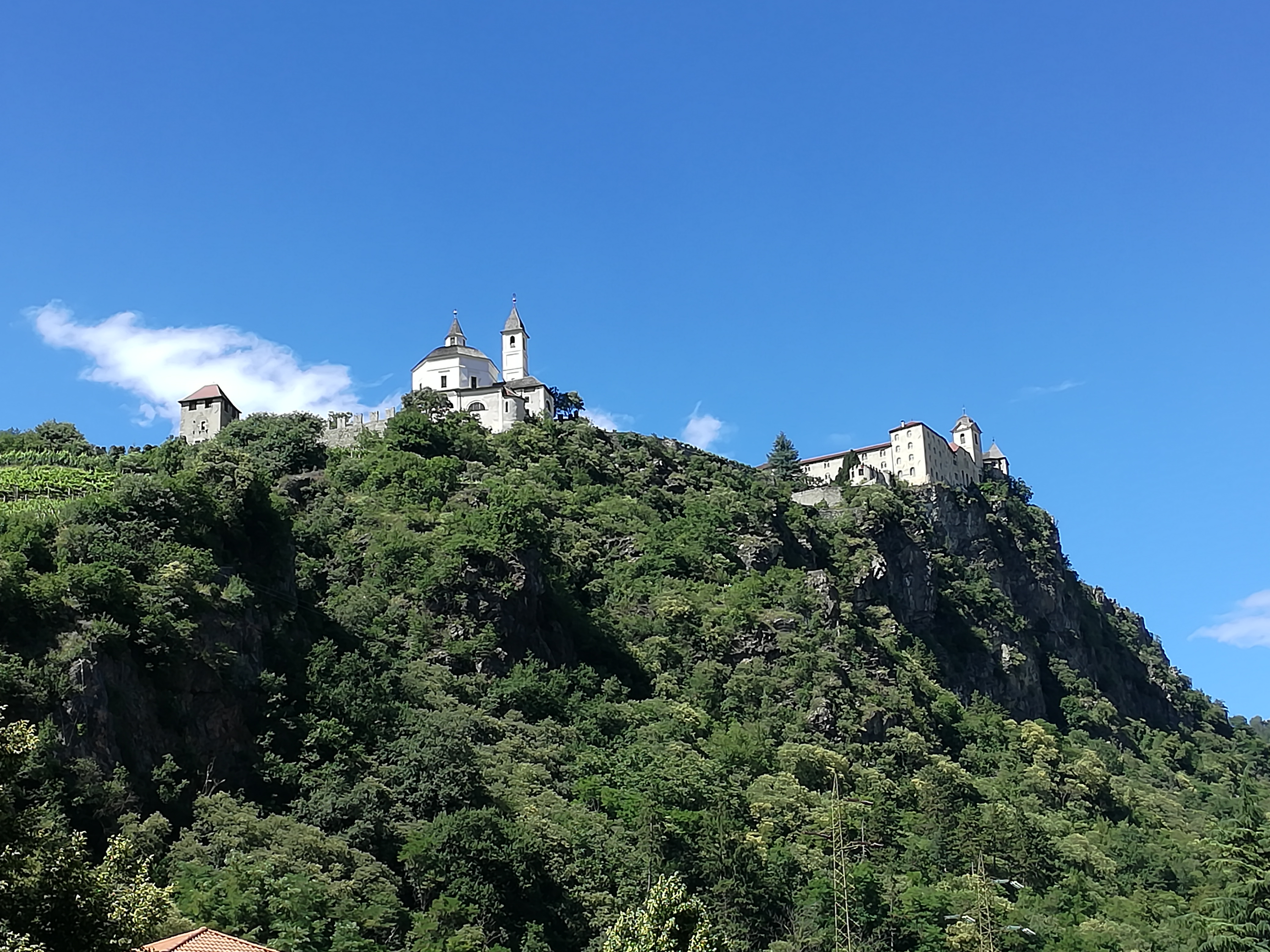
Among these, an honorable mention goes to Chiusa, the picturesque village of which the German painter Albert Dürer was fascinated, during his study trip to Italy. One of the greatest exponents of Nordic Renaissance painting and an extraordinary engraver, Dürer chose the town of Chiusa as the background of his "Grande Fortuna", an allegorical engraving that has unfortunately been lost. The panoramic point from which he portrayed the village is still within walking distance from the town, and returns the same perspective that the artist used for the realization of the work.
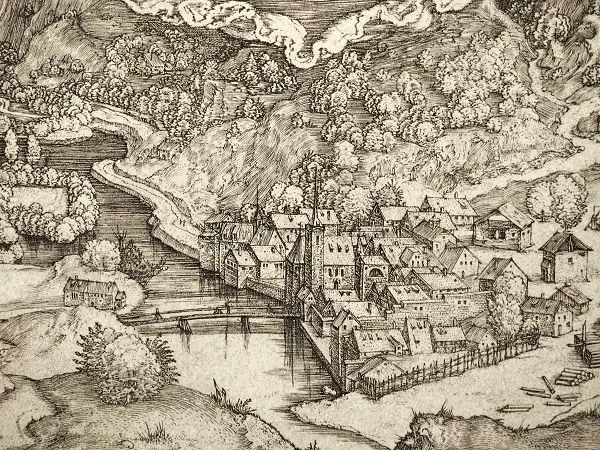
But, as in the most beautiful fairy tales, the finale always reserves the best surprises: after crossing the last chestnut grove, past the famous pinnacles of clayey earth, you arrive at Castel Roncolo, the original frescoed manor of the thirteenth century that represents the ideal and conclusive stage of this enchanted journey
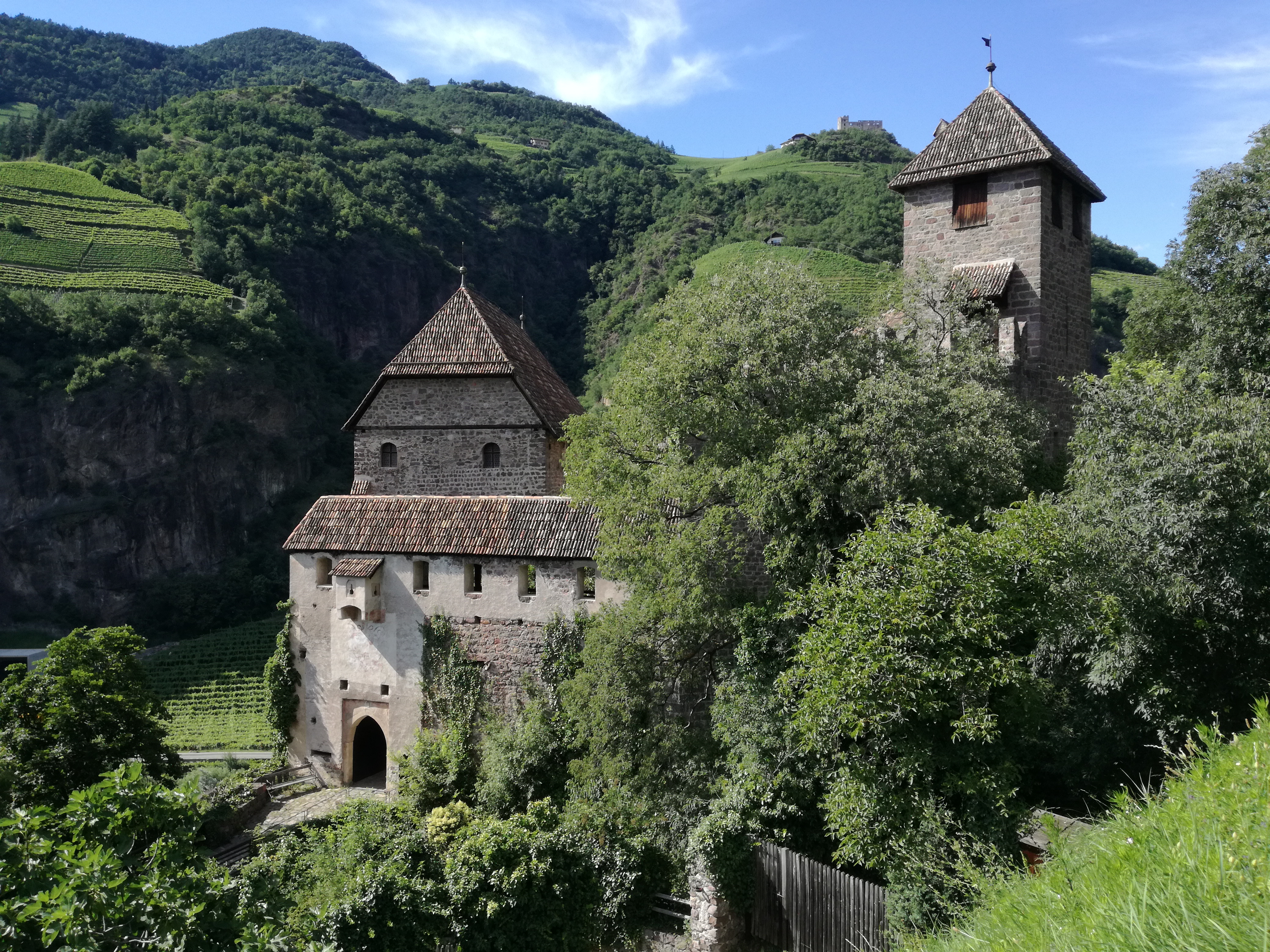
On the walls of the castle relive ancient courtship rituals between ladies and knights, court dances, hunting tournaments and sumptuous entertainment. The illustrations represent a figurative reinterpretation of the ancient chivalric codes and the most famous medieval literature of all time; first of all the cycle of frescoes linked to the legends of King Arthur and the love story par excellence – theone between Tristan and Isolde.
This fabledjourney through images is fully revealed only to those who will be willing to enter the castle in search of a dream - evanescent but beautiful, as only dreams can be.